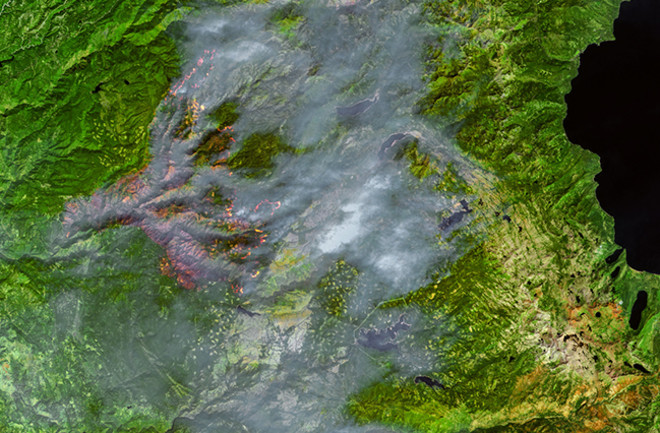It looks like La Niña is staging an exceedingly rare three-peat.
The weather-influencing climate pattern is very likely to continue for a third consecutive winter, according to both NOAA and the World Meteorological Organization.
If it does, it would be only the third La Niña three-peat on record.
La Niña is characterized by large-scale cooling of the sea surface in the central and eastern equatorial Pacific Ocean, coupled with changes in atmospheric circulation. These shifts typically herald significant weather impacts around the globe.
What Can We Expect?
For large parts of the northern tier of the United States, La Niña can tip the odds in favor of wetter conditions. Meanwhile, La Niña winters tend to be drier across the southern tier. This includes the southern portion of California, and the American Southwest.
With 94 percent of California in severe drought, the state’s water supplies have shriveled dramatically. As of the end of August, the capacity of the major reservoirs that provide 39 million Californians with water stood at just 55 percent of average.
A three-peat La Niña would also be terrible news for the Colorado River Basin, source of water for 40 million people. The region remains stricken by a decades-long megadrought — the worst in 1,200 years — that has starved the Colorado River of water. Meanwhile, consumption has for years outstripped supply.
The result: Lakes Mead and Powell — the two largest U.S. reservoirs by volume — have shriveled to record low levels. In response, the federal government gave the seven states of the basin an ultimatum to agree on a long-term plan for cutting their consumption. When they failed to meet the deadline, the U.S. Bureau of Reclamation imposed drastic cuts unilaterally. But experts agree that this is a mere Bandaid, and that a day of reckoning still looms ever closer.







